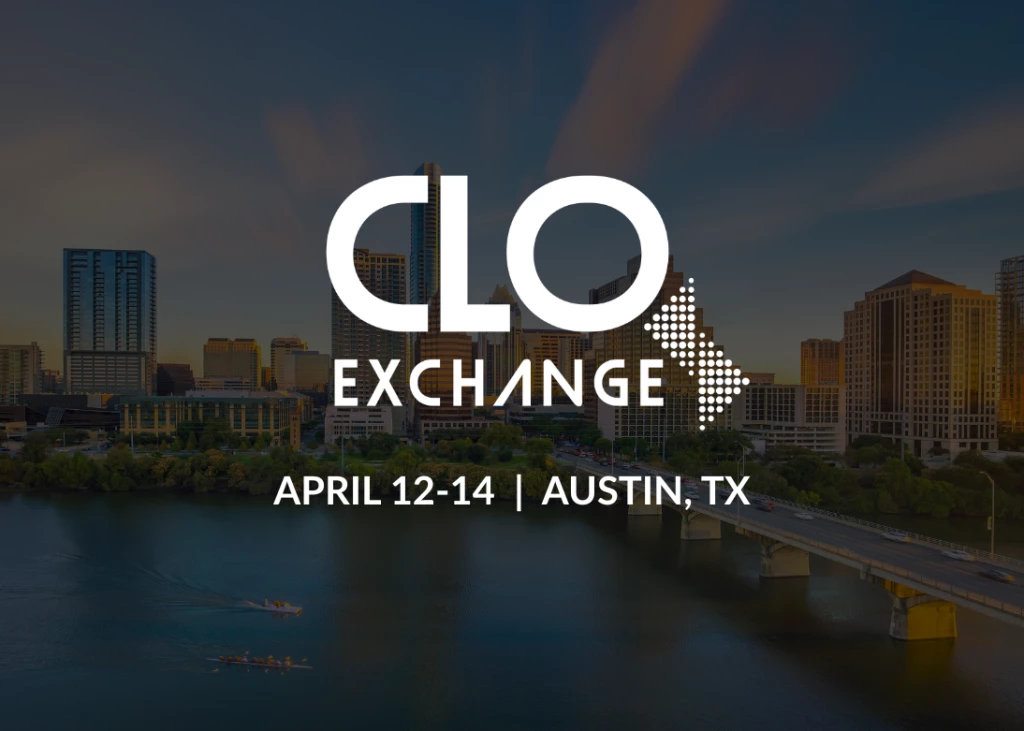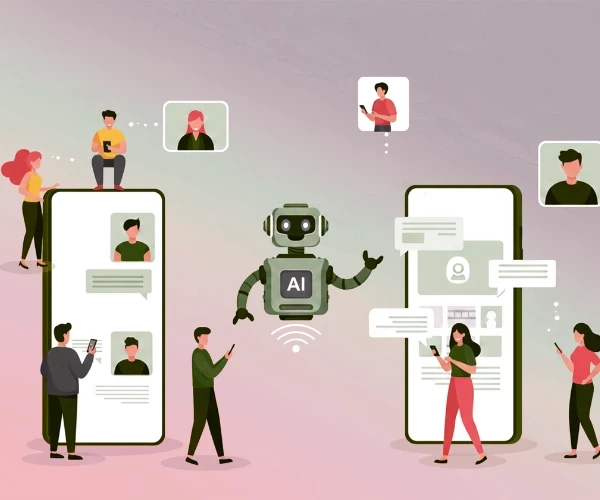Are You Playing Favorites With Employee Recognition?
Add bookmark
A common misconception shared by managers and leaders is that paychecks alone are enough to make employees feel valued. While paychecks are still important, real value is best conveyed by recognizing employees for who they are and what they do. Employee recognition engages, retains and develops employees.
Here's the problem: Unbeknownst to leaders, many employees feel their workplace is "playing favorites" with whom they recognize.
Gallup and Workhuman partnered to study the recognition experiences of more than 7,500 U.S. employees. The analysis revealed that only 26% of employees strongly agree that they receive similar amounts of recognition as other team members with similar performance levels.
The consequences of unfair recognition are far-reaching: If recognition even seems inequitable, it creates an inclusion problem, undermines the employee experience and sends mixed messages about what excellence looks like.
That's why "equitable recognition" is one of the five key pillars of a strategic recognition program and a critical element of inclusion at work.
Who Feels Left Out in the Cold
Overall, most employees are not confident that the recognition they receive is equitable or purely driven by merit, but there are clear patterns in who really feels left out.
Diverse talent sees less recognition.
Compared with White employees, Black and Hispanic employees are considerably less likely to perceive their recognition experience as equitable. Twenty-eight percent of White employees strongly agree that they receive equitable recognition, but only 19% of Black employees and 21% of Hispanic employees say the same.
It's not just quantity that's a problem; it's quality. Three-quarters of Black and Hispanic employees do not strongly agree that the recognition they receive is authentic. By comparison, White employees are 10 percentage points more likely to feel the recognition they receive is authentic.
When organizations fail to deliver equitable recognition, they're undermining feelings of belonging and inclusion at work. You can't harness the power of diversity without inclusion -- and you can't retain diverse employees without it, either.
If recognition even seems inequitable, it creates an inclusion problem, undermines the employee experience and sends mixed messages about what excellence looks like.
Organizations can build inclusive cultures through recognition; in fact, high-quality recognition has a greater impact on feelings of belonging for Black and Hispanic employees than for White employees. Make sure managers and leaders take enough time to connect with all of their employees – individually and as a team. Building strong relationships and rapport makes for recognition that is personal, specific and sincere.
The new generation requires more recognition compared with older workers.
Younger workers are more likely to struggle with the consequences of inequitable recognition. Nearly four in 10 employees in the youngest generation of workers would prefer to be recognized by their people manager at least a few times a week, but only about a quarter are actually getting recognition at that frequency.
Younger employees have higher needs for recognition than more seasoned employees. They are more likely to prefer high-frequency recognition and have greater deficits between their preferred and actual levels of recognition at work.

Only 10% of Generation Z workers strongly agree that recognition is a pillar of their workplace culture – about half the rate of older generations – even though they report receiving the same quantity of recognition (or more) on a daily and weekly basis compared with older employees. They just need more.
But it is not about being "needy" or wanting participation trophies. Recognition provides the ingredients for employees to grow – boosting confidence, reinforcing good work and cementing strong working relationships.
Recognition builds talent for the future: How younger employees are recognized now will determine their future performance and potential, not to mention their organizational commitment in the years to come. Organizations can grow strong, confident contributors by positively reinforcing excellence from the get-go.
Managers are the least likely to receive recognition for their efforts.
People managers are the least likely to strongly agree that they receive equitable recognition, and they rate lowest on every dimension of a good recognition experience.

Although all employees report giving more recognition than they receive, people managers face a greater imbalance. People managers report giving recognition three times as much as they receive it from their own managers, supervisors or leaders and 2.5 times as much as they receive it from their own peers.
It is no secret that organizations rely on their managers heavily. Leaders trust them to carry out daily operations, new initiatives and strategic priorities. Employees depend on them to set expectations, remove barriers and support their development. Managers bear the burden from above and below – with little to none of the glory.
Being a manager is a tough gig; it's no surprise that manager burnout is increasing at a higher rate than for other employees. Put simply, managers are unsung heroes. Don't leave them out of recognition.
How younger employees are recognized now will determine their future performance and potential – not to mention their organizational commitment in the years to come.
Recognizing managers is a win-win for organizations: It boosts the engagement and morale of managers, who, in turn, do the same for their teams. Organizations that make a conscious effort to celebrate their managers are making an investment that pays off in engagement and performance organization-wide.
Recognition and Appreciation for All in Action
Organizations should take these simple steps to leverage the full impact of a recognition experience that values all employees.
Conduct a recognition audit. Organizations don't have to guess where inequities are hiding in their recognition strategy. Seek out employee feedback through pulse surveys, team meetings and 1:1 conversations at all levels. Providing outlets for feedback that are anonymous or confidential can help employees feel safe speaking up – before exit interviews.
Train managers to be mindful about recognition. Our research indicates that nearly three-quarters of organizations don't train managers in recognizing best practices. If some managers are playing favorites, they simply might not know better. Leaders should upskill managers to give high-quality recognition that feels fair to employees.
Create equal opportunities for recognition. Provide dedicated opportunities for managers, leaders and employees at all levels to recognize their fellow associates. Experiment with various types of recognition – formal or informal, public or private, digital or in-person. A "broad net" of recognition not only reaches overlooked employees but also feels different.
Equitable Recognition Engages and Cultivates Talent
When employees believe recognition is equitable, it affects their perception of their organization, including their connection to the culture and their belief that their organization is a great place to work. Fair recognition also supports performance because it tells employees what excellence looks like and how they can develop for tomorrow.
Put simply, when you recognize employees fairly, you can capture the full potential of what employees have to offer.
This article was written by Ellyn Maese, M.A., a Research Associate at Gallup, and Emily Wetherell, Ph.D., a Methodologist at Gallup. Bailey Nelson also contributed to this article. You can view the original on Gallup's site here.






























